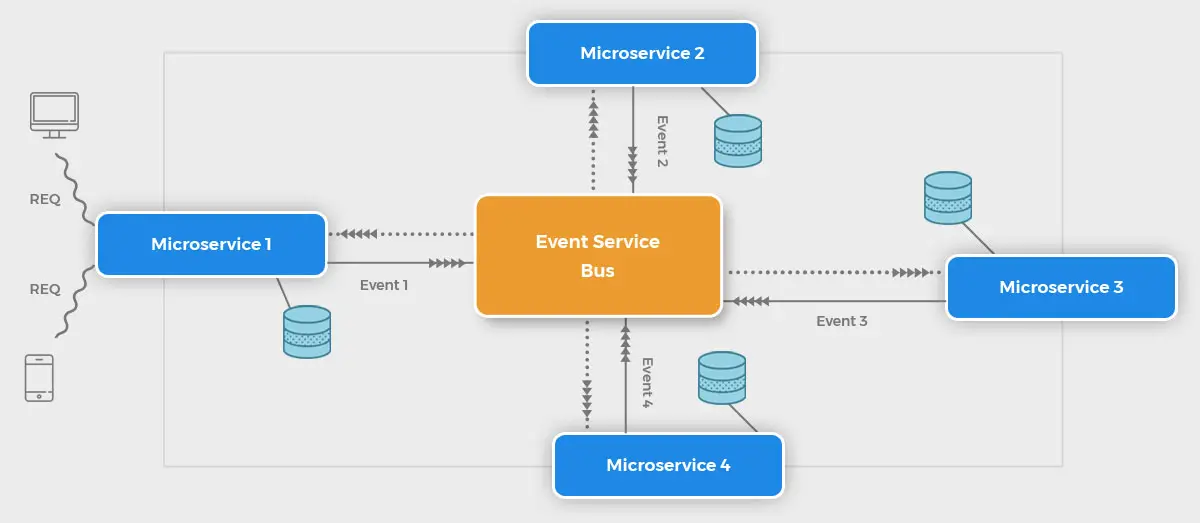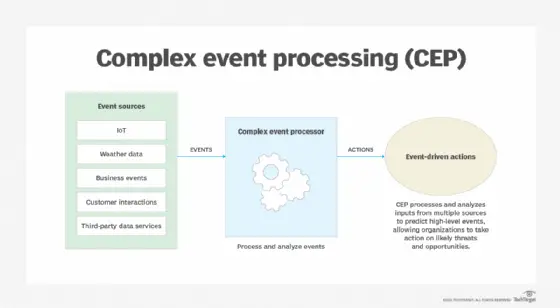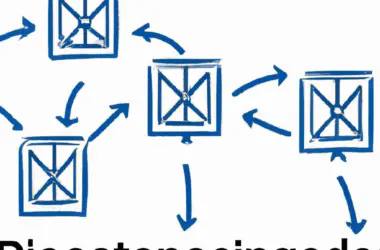Event-driven Errors: Managing Complex Event Systems

Event-driven architectures (EDAs) based on complex event processing (CEP) systems are employed in a wide range of applications, offering advantages in real-time data processing and decision-making. However, these systems can be challenging to manage due to the inherent complexity of event-driven environments. Errors and exceptions that arise within CEP systems can be difficult to handle and can lead to significant system downtime or incorrect results.

One of the key challenges with event-driven errors is their asynchronous nature. Events can arrive at any time and may be processed in any order, making it difficult to track the source of errors and their impact on the system. Additionally, the distributed nature of CEP systems, with event sources, processors, and consumers distributed across multiple nodes, can make it difficult to identify and resolve errors.

To effectively manage event-driven errors, several best practices should be followed. Firstly, it is critical to implement comprehensive error handling mechanisms that capture and log all errors and exceptions that occur within the CEP system. This information can be used to identify potential issues, diagnose problems, and implement corrective actions.
Secondly, the use of event correlation and error tracing tools can help to identify the root cause of errors and exceptions. These tools allow for the visualization of event flows and can help to identify specific events or patterns that may have contributed to the error.
Thirdly, implementing event-driven rollback mechanisms can help to mitigate the impact of errors by allowing the system to revert to a known good state. This can be achieved by storing event logs or snapshots that can be used to reconstruct the system’s state in the event of an error.
Finally, it is important to establish clear operational procedures for handling event-driven errors. This should include roles and responsibilities for error handling and escalation, as well as guidelines for communicating errors to stakeholders and resolving them in a timely manner.
By implementing these best practices, organizations can effectively manage event-driven errors and ensure that their CEP systems operate with high availability and reliability.

